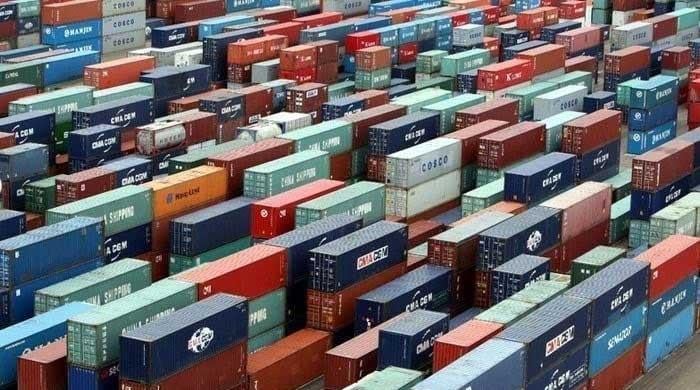Here is the rewritten news article:
Pakistan is projected to experience a significant export decline of approximately $564 million in the fiscal year 2025-26. This potential loss is attributed to the imposition of substantial new tariffs by the United States, under President Donald Trump’s revised trade policies, according to a report by Tabadlab, an Islamabad-based think tank.
Trump announced a 90-day pause on these tariffs on Wednesday night, citing that over 75 countries had engaged in negotiations and refrained from retaliating against the U.S. as the reason for his decision.
Prior to this announcement, a 29% tariff had been placed on Pakistani exports to the U.S.
The Pakistani government had announced plans to send a delegation to the U.S. to discuss these new tariffs. This announcement was made before Trump declared the temporary suspension of the measures, according to AFP.
A source from the Ministry of Commerce, who requested anonymity, confirmed to AFP that the delegation’s visit would proceed as scheduled.
The source stated, “A high-level government delegation is scheduled to depart for Washington in the coming weeks to hold talks with US officials.”
Concerns about the potential ramifications persist. The textile sector, which accounts for more than half of Pakistan’s exports to the U.S., is expected to be the most affected if negotiations are unsuccessful. Given the price sensitivity of U.S. consumers, Tabadlab forecasts a potential demand decrease of at least 13% by FY2025-26. In a worst-case scenario, where Pakistan loses both market share and overall demand, export losses could escalate to $2.17 billion.
The report cautioned, “These tariffs may erase recent gains in exports across key sectors, undermining current account stability and compounding an already fragile economic outlook.”
Currently, Pakistan’s total exports to the U.S. amount to approximately $6.3 billion annually. The newly imposed duties pose a considerable threat, especially as Pakistan aims to bolster its external account and foster stable economic growth.
Data regarding trade between Pakistan and the U.S. indicates that imports from the U.S. were valued at $1.87 billion in 2024, representing only 4.0% of Pakistan’s total imports. The U.S.’s involvement in Pakistan’s top five import segments was even lower, at 1.4%, suggesting a limited reliance on American goods.
Key exports from the U.S. to Pakistan include pharmaceuticals ($147 million), machinery ($143 million), and iron and steel ($190 million). However, tariff revenue generated from these imports remains relatively low, at $85 million, with an average effective tariff rate of 4.5%. This is notably less than Pakistan’s overall import tariff average of 8.0%.
According to the Trump administration, Pakistan imposes tariffs of 58% on goods from the U.S.
The administration’s calculations are based on a formula that economists consider misleading, which involves dividing the U.S. trade deficit with a country by the total U.S. imports from that country.
Pakistan’s policy of zero tariffs on U.S. cotton, coupled with limited protections for sectors such as scrap metal and medical equipment, provides little room for reciprocal tariff leverage during negotiations.
While countries like Bangladesh and Vietnam face even higher tariffs, Tabadlab emphasized that proactive diplomatic engagement, similar to Vietnam’s approach, could aid Pakistan in maintaining or expanding its market share. The report also highlighted the significance of services exports, which are currently unaffected by tariffs but could be included in future trade discussions.



Comments (0)
No comments yet. Be the first to comment!
Leave a Comment